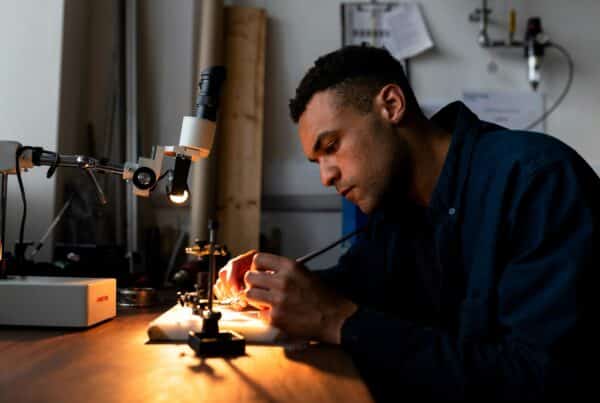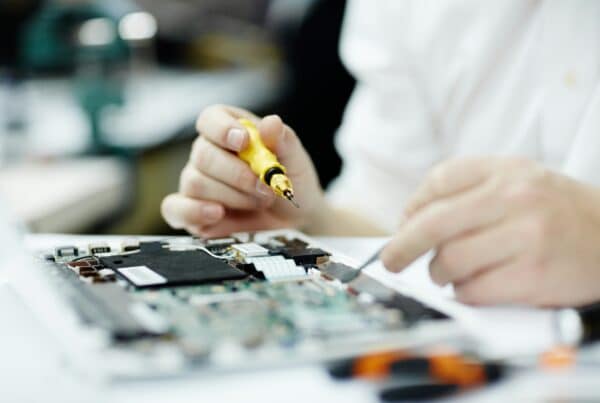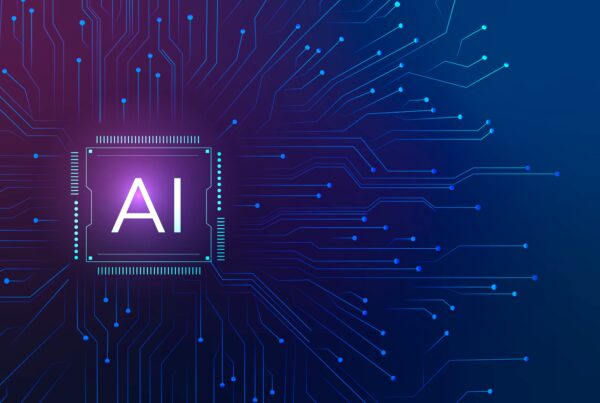Hardware Meets Software: Building Products At The Intersection
In the mobility sector – from electric vehicles and drones to autonomous systems and aerospace – the most critical innovations today are happening not in pure hardware or pure software, but in the space where the two meet.
Powertrains, battery packs, flight controllers, embedded AI – they’re no longer standalone systems. They’re deeply interdependent, and that’s reshaping the kind of engineers companies need to build the next generation of technology.
The Shift: From Specialization to Integration
Traditionally, engineering teams were divided into disciplines: hardware did one thing, software did another, and systems integration came later.
But in modern mobility development, that model falls short. Today’s products demand cross-functional collaboration from day one. For example:
- A battery management system is only as good as its firmware
- An inverter’s performance is defined by both its power stage and control algorithms
- An autonomous drone’s stability depends on both sensor calibration and real-time software
This interconnectedness means that hardware and software decisions must evolve together, and that’s driving a shift in how teams are built, and who gets hired.
The Rise of the “Full-Stack” Engineer
The most valuable engineers today are those who can operate at the intersection of hardware and software – sometimes called cross-stack or systems-oriented engineers.
These are people who:
- Design boards and write firmware
- Understand both analog behavior and digital timing
- Can debug across domains, from signal noise to software crashes
- Speak the languages of both electrical design and real-time embedded development
These engineers don’t have to master everything, but they understand enough across the stack to make better design decisions, collaborate more effectively, and move faster.
What This Means for Hiring
Whether you’re working in EVs, aerial mobility, defense systems, or anything in between, this trend has major implications for how you build your teams:
- Titles don’t tell the full story – candidates who sit between disciplines are often hidden behind general labels like “Embedded Engineer” or “Electronics Developer”
- Hybrid skill sets are in short supply and increasingly competitive globally
- Recruiting for systems thinking not just technical depth, is key to sustainable innovation
We’re seeing more companies prioritize adaptability, curiosity, and the ability to span domains rather than just ticking boxes on toolsets or protocols.
A Special Note for Emerging Tech Hubs
In emerging tech regions like the Middle East, where many engineering programs are being built from the ground up, these cross-functional skills are even more critical.
There’s no legacy system to inherit, which means engineers have the opportunity (and responsibility) to help define the stack, not just implement it. That makes systems-level talent essential from the very start.
Final Thought: Innovation Happens at the Intersection
The future of mobility isn’t about hardware or software in isolation, it’s about how well they work together. Whether you’re building autonomous platforms, electric systems, or connected aerospace tech, the best outcomes come from teams that understand the whole system.
If you’re hiring, look for those intersection-builders.
And if you’re an engineer? This is your signal to lean into both sides of the product, because that’s where the real impact lives.
Need help finding engineers who think across hardware and software, or want to explore a career that blends both?
Contact shubhangi@akkar.com. I work with teams and candidates shaping the future of mobility and aerospace across Europe, the Middle East, US, and beyond.







